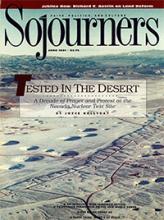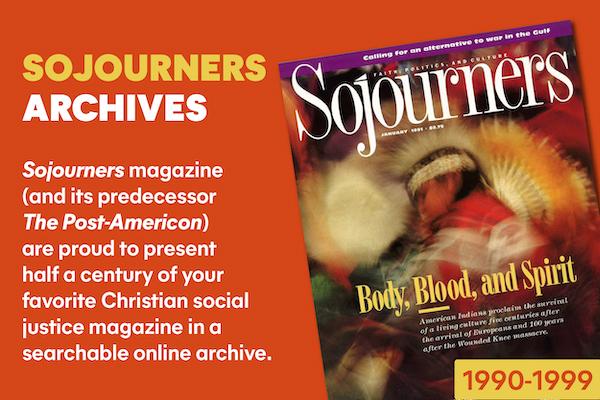Mercury -- The 65-mile stretch of U.S. Highway 95 from Las Vegas to the town of Mercury, Nevada, has been called "the loneliest road in the world." It traverses a desert, where clumps of sagebrush and spiny Joshua trees poke sporadically through the dusty gravel. Legend has it that Mormons on a hot, arduous journey from Salt Lake City to the West Coast saw the trees and imagined the biblical figure Joshua with his arms outstretched in prayer to God.
Highway 95, until it was rebuilt in 1965, was also known as "the widowmaker." The frantic pace of traffic on the desolate two-lane road and the fatigue of workers returning home from Mercury after long hours of strenuous labor were a deadly combination. The culprit in their deaths, ultimately, was "atomic fever," the Cold War illness that propelled the race for bigger and deadlier bombs.
Mercury is a one-of-a-kind town. It has a sheriff's office, a narrow bowling alley, and a small Quonset-hut theater -- but no families, no children, no pets. Only persons wearing badges with proper security clearance are admitted across the cattle guard, over a white line, and beyond the front gate. Eighty to a hundred buses arrive each day, bringing workers from Las Vegas.
"A planet is a terrible thing to waste. Conserve," proclaims a sign just inside the gate. Here, it seems ironic. Here, by design and intent, a patch of the planet is being turned into a wasteland.
A Legacy of Protest -- "The notion of coming to the desert at Lent was very gripping," says Anne Symens-Bucher of Oakland, California, referring to her first visit to the desert in 1982. Two down jackets weren't enough to protect her from the frigid desert winds at dawn that snowy Ash Wednesday.
Read the Full Article

